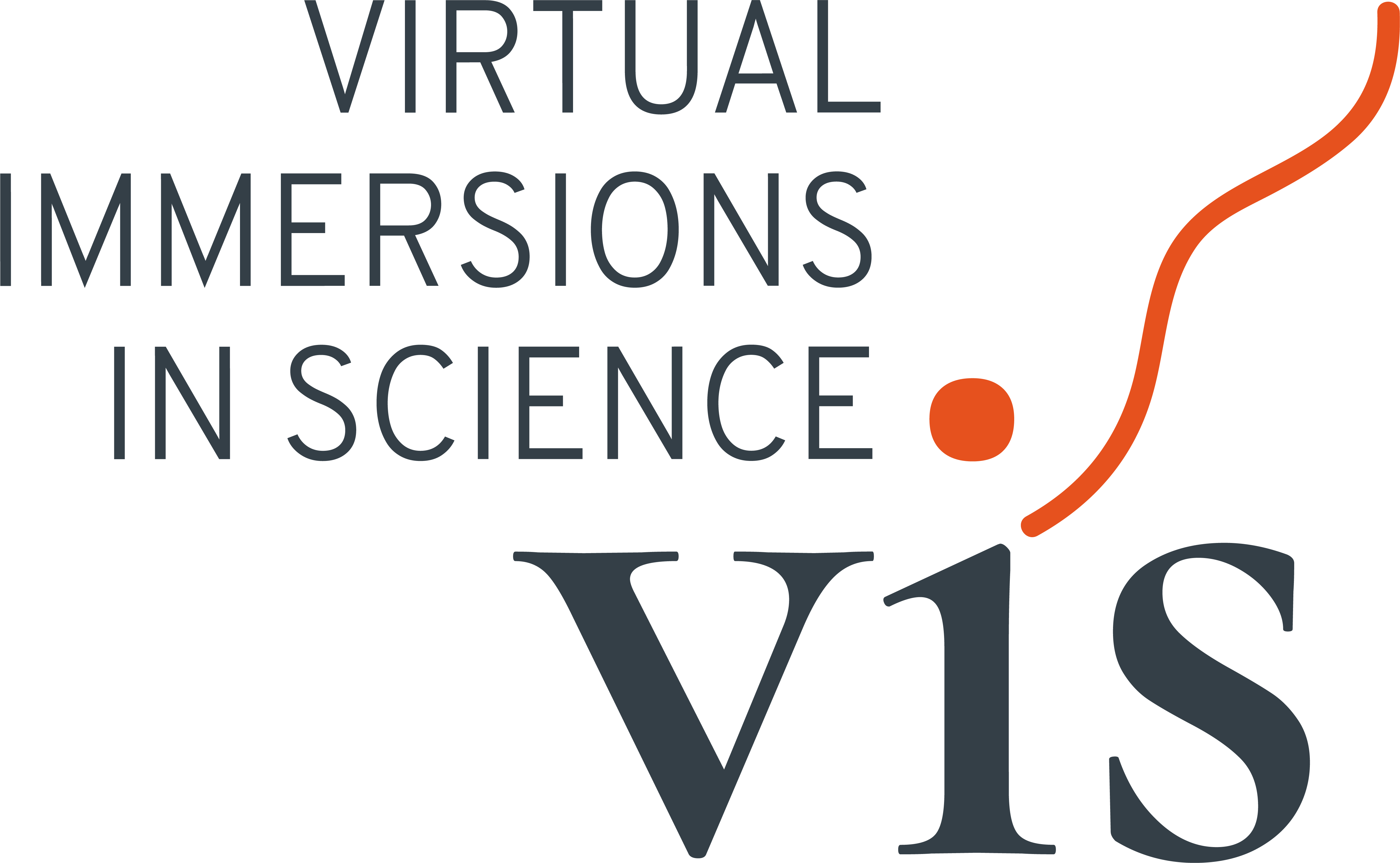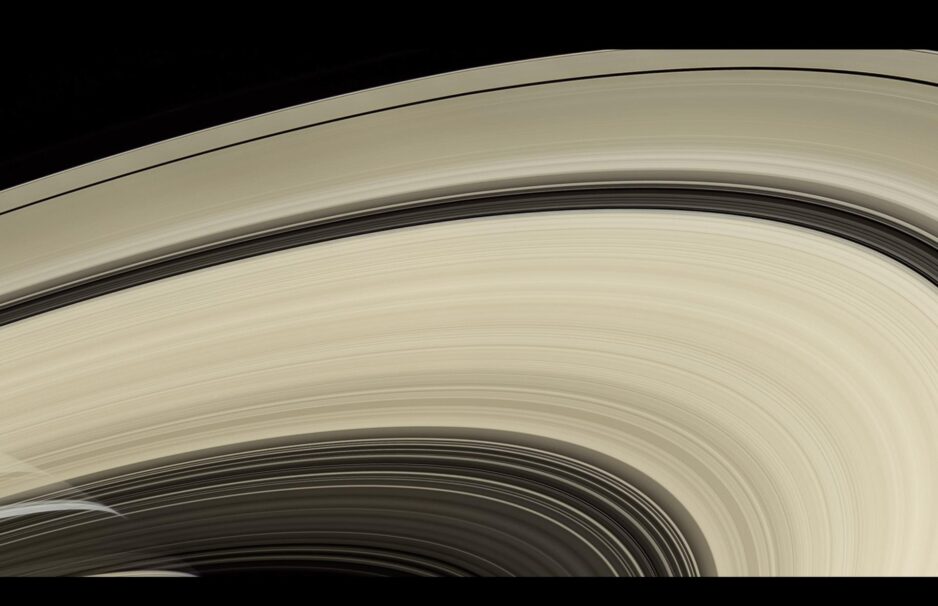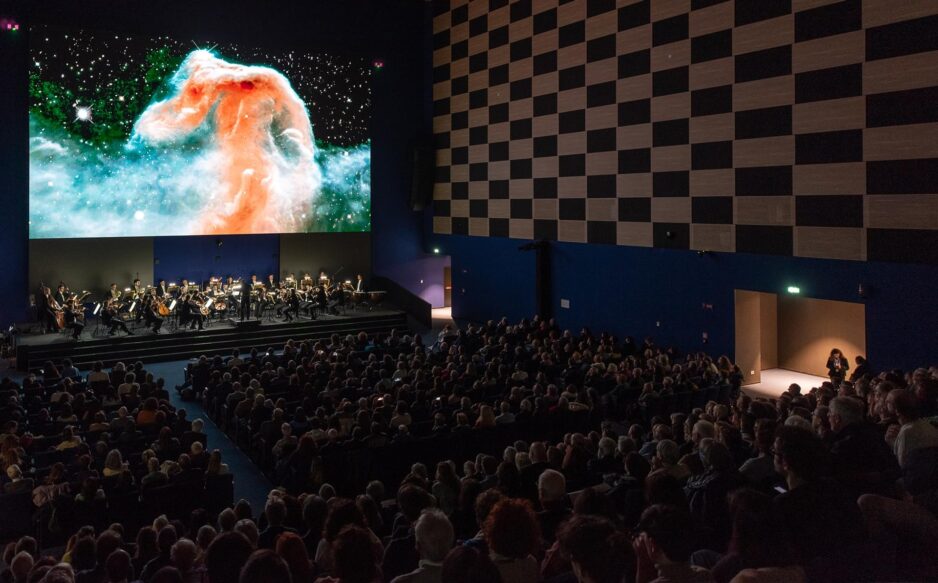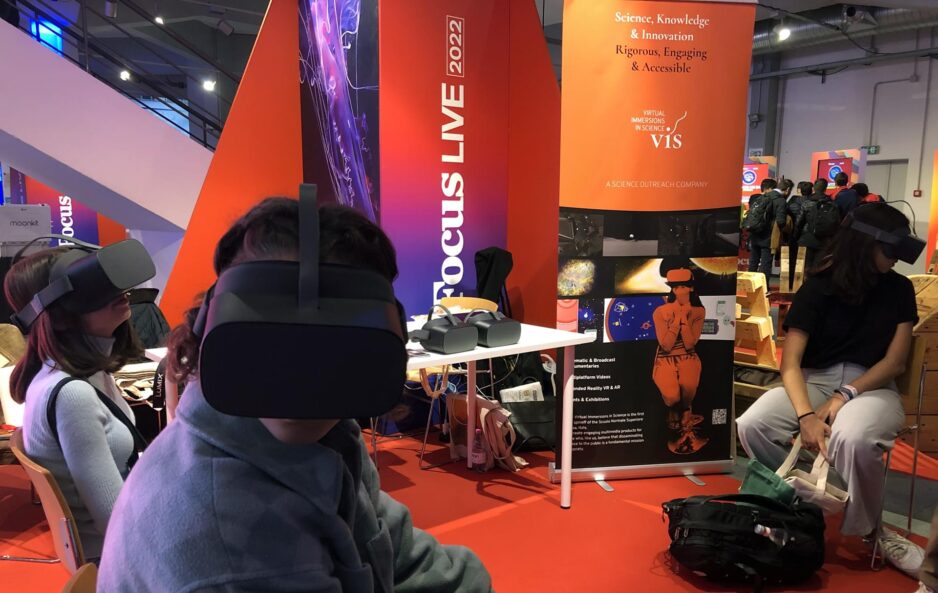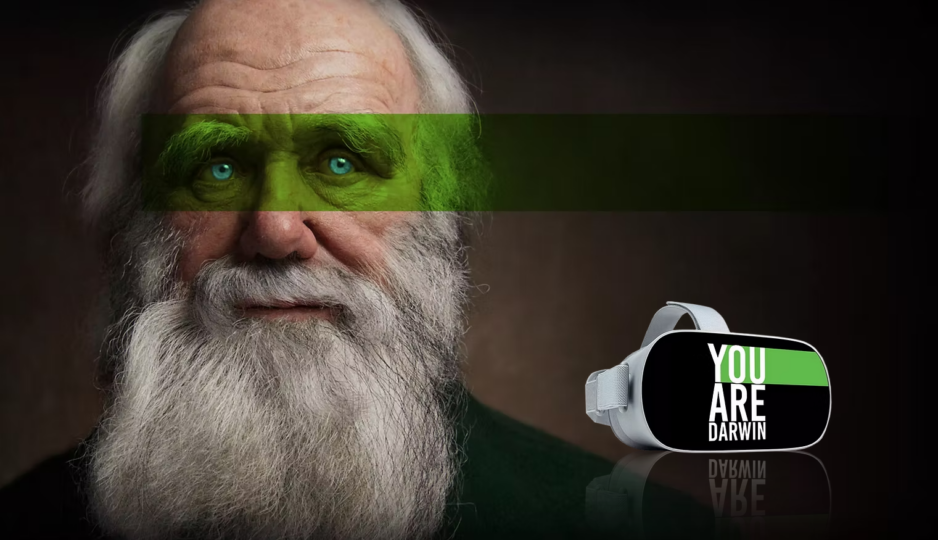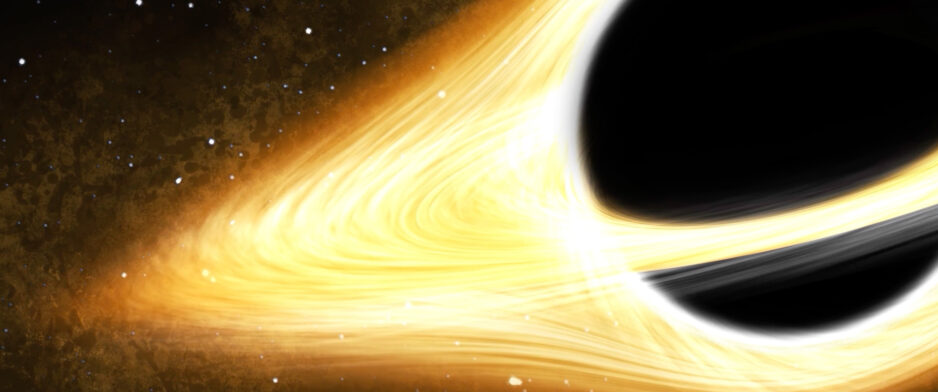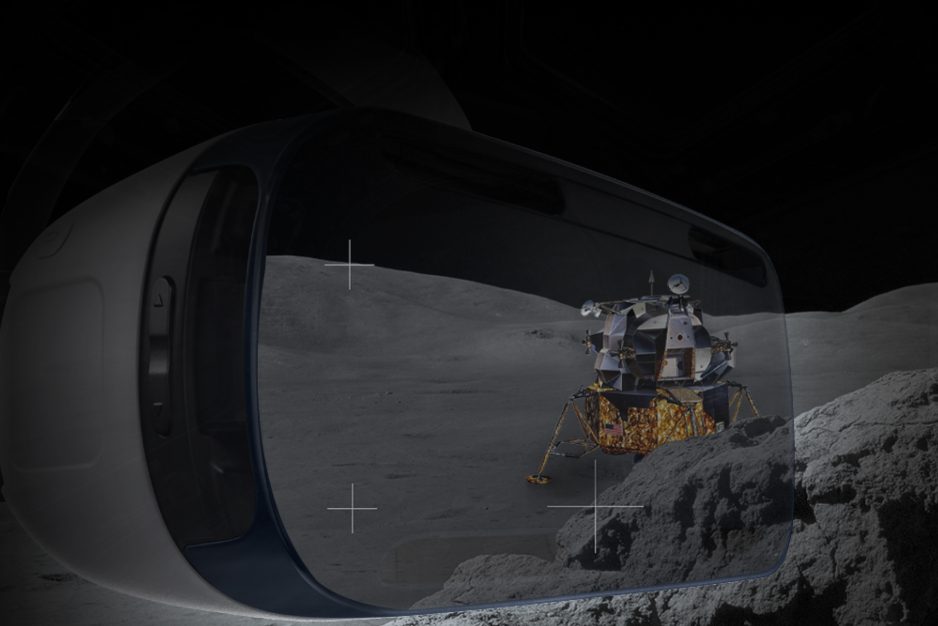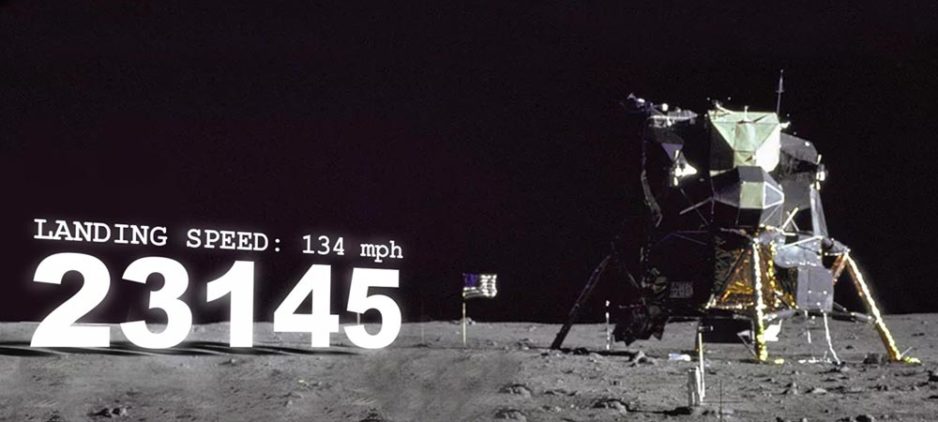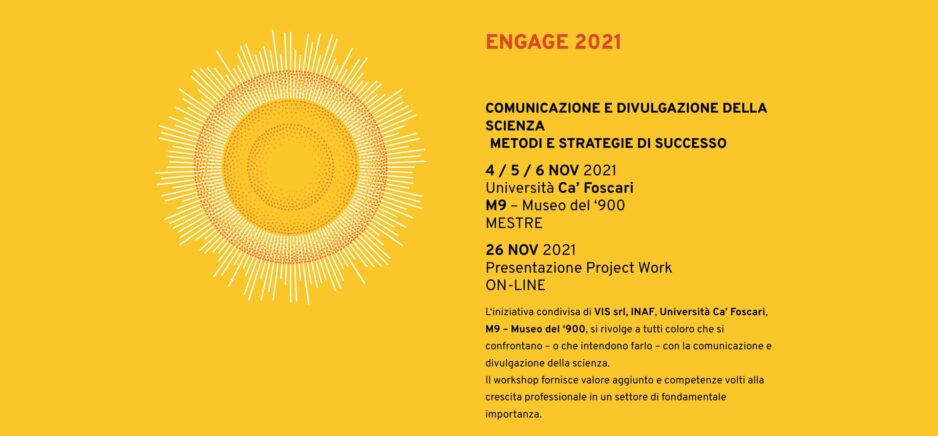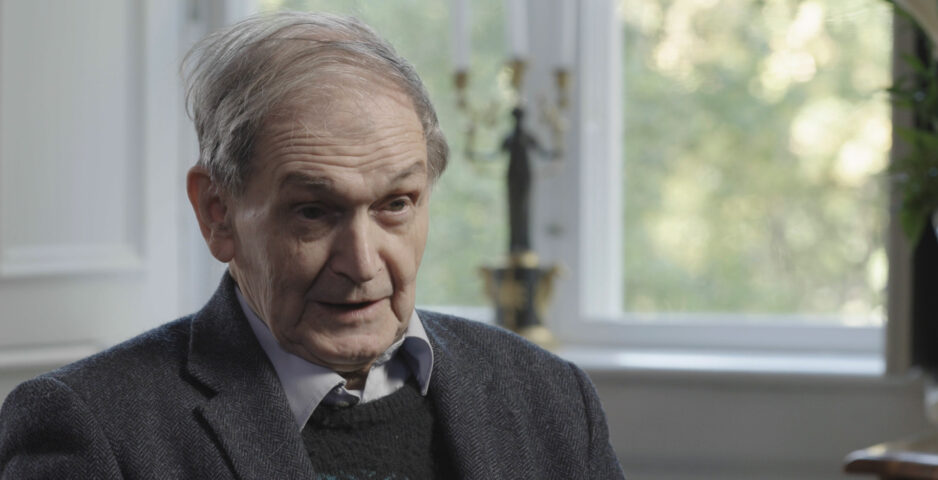Over 1300 people attended the performance of Holst’s symphonic suite “I Pianeti”, accompanied by an immersive video of the Solar System produced by INAF and […]
vis
Exploring the universe with Schubert’s Symphony No. 9
The Orchestra di Padova e del Veneto (OPV), in collaboration with the National Institute for Astrophysics (INAF), presented the concert “Sinfonia del cosmo”, merging Schubert’s […]
VIS contributes to the success of the fifth edition of Focus Live
The fifth edition of Focus Live, the scientific dissemination festival organized by Mondadori, achieved remarkable success, attracting over 15,000 visitors. The fifth edition of Focus […]
“You are Darwin”, an immersive journey into evolution at Museo Kosmos
Museo Kosmos in Pavia introduces a groundbreaking immersive experience, “You Are Darwin”, a hybrid of virtual reality and live interaction that allows visitors to step […]
“Púlsares” wins the “Ciencia en Acción” 2022 Award
The short film “Púlsares, un cuento sobre relojes cósmicos” has won first prize in the “Ciencia en Acción” 2022 competition. The film, which explores the […]
Moon Landing, a VR experience that takes you to the Moon
Moon Landing, a virtual reality simulator developed by VIS, offers an immersive experience of the Apollo 11 moon landing, allowing users to pilot the lunar […]
Immersive Moon Landing experience debuts at Expo 2022 Dubai
The International Astronomical Union’s Office of Astronomy for Education (OAE) Center Italy, in partnership with Virtual Immersions in Science (VIS), presented Moon Landing VR at […]
Marcos Valdes discusses the importance of science communication on Radio24
In an interview on Radio24’s “Si può fare,” Marcos Valdes, CEO of VIS, discussed the essential role of science communication in the modern world. The […]
VIS interviews renowned physicist sir Roger Penrose
VIS has had the privilege of interviewing Sir Roger Penrose, the Nobel laureate and visionary physicist, in an exclusive conversation. This interview offers invaluable insights […]
